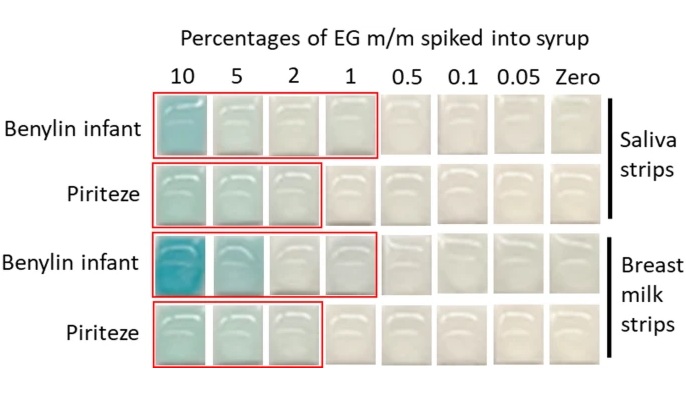Novel Computational Holography-Based Method Revolutionizes Optical Imaging
Posted on 08 Nov 2024
Optical imaging through scattering media plays a significant role in various fields, including microscopy. Despite significant advancements in wavefront shaping techniques over the past decade, existing methods still depend on a known guide star and require either a high-resolution spatial light modulator or numerous measurements, limiting their correction field of view. Researchers have now introduced image-guided computational holographic wavefront shaping, which provides quick and versatile solutions for complex imaging challenges.
In a groundbreaking study, scientists from The Hebrew University of Jerusalem (Jerusalem, Israel) have unveiled a new computational holography-based technique that facilitates high-resolution, non-invasive imaging through highly scattering media without relying on traditional tools such as guide stars or spatial light modulators. By employing computational optimization, this method significantly minimizes the number of measurements needed. This advancement shifts the imaging load from physical hardware to adaptable, scalable digital processing, enabling quicker and more efficient imaging across various fields, from medical diagnostics to autonomous navigation. Its significance lies in offering a versatile, non-invasive solution to tackle complex scattering challenges, potentially revolutionizing multiple applications in the scientific field.

This revolutionary approach for non-invasive, high-resolution imaging through highly scattering media was detailed in a research paper published in Nature Photonics. The holography-based computational technique addresses critical challenges within optical imaging and opens up new possibilities for diverse applications, such as medical imaging and microscopy. The study introduces a guide-star-free methodology that eliminates the need for conventional tools, including high-resolution spatial light modulators (SLMs) or extensive measurements, allowing for unprecedented speed and precision in imaging through complex scattering media. By computationally simulating wavefront shaping experiments, this technique can optimize multiple “virtual SLMs” at once, enabling the system to reconstruct high-quality images without needing prior information about the target or scattering patterns. This method can correct over 190,000 scattered modes using only 25 holographically captured, scattered light fields obtained under unknown random illuminations. The innovative technique offers flexibility across various imaging modalities, including epi-illumination, multi-conjugate correction of scattering layers, and lens-less endoscopy.
Unlike traditional methods that require computing entire reflection matrices, this new approach significantly reduces memory requirements and speeds up the imaging process, allowing for more efficient correction of complex scattering. The study highlights the potential for this technique to be utilized in numerous areas, including imaging biological tissues, multi-core fiber endoscopy, and even acousto-optic tomography. Additionally, the method may provide solutions in fields such as medical ultrasound. This research could significantly impact key areas of scientific inquiry and practical application, offering a fast, non-invasive, and highly adaptable solution for imaging through complex environments. The research team is already considering future developments, including optimizing the method for continuous volumetric samples like thick biological tissues and further decreasing the number of required holograms.
“We are excited to introduce a new approach in imaging technology that allows for high-resolution imaging through highly scattering media with orders of magnitude less measurements than the state of the art, without the need for prior knowledge of the target or expensive equipment,” said Prof. Ori Katz who led the research team. “This innovation shifts the challenge from physical hardware to computational optimization, offering a naturally parallelizable solution that can be applied across many fields.”














